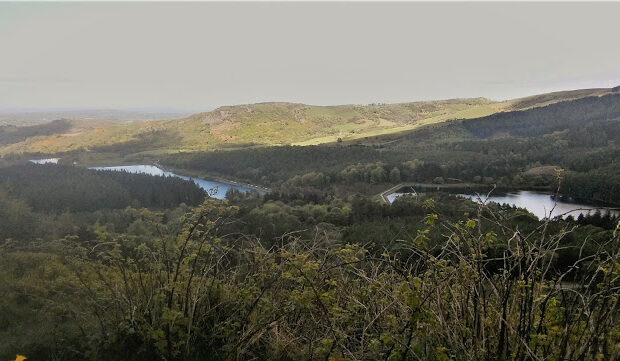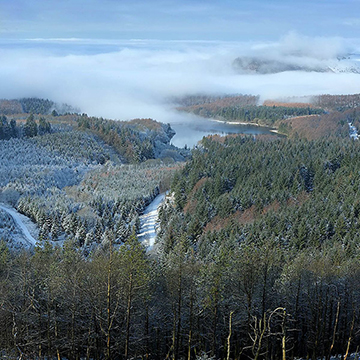- Home
- News
- What’s On
- Activities for Children
- Arts & Crafts
- Autos and Bikes
- Business events
- Car Boot & Auctions
- Charity events
- Churches & Religious
- Comedy
- Dance
- Days out & Local interest
- Education
- Exhibition
- Film
- Gardening & Horticulture
- Health
- Markets & Fairs
- Music
- Nature & Environment
- Spiritual
- Sport
- Talks and Discussions
- Theatre and Drama
- Business
- Local Information
- Jobs
- Deaths
- Charity events
- Contact Us
Tree disease hits Macclesfield Forest

A substantial proportion of Macclesfield Forest may have to be cut down.
Around 150,000 trees are thought to have been affected by phytophthora ramorum – caused by an algae-like organism – which can kill trees and plants.
Forest owners, United Utilities has confirmed that the disease has been found in the forest.
Larches are particularly susceptible to phytophthora ramorum and the only way to limit the spread of the disease is to fell infected trees and any others nearby.
The area of concern is around 40 hectares of woodland in the forest – around 10 per cent of the woodland area.
United Utilities says there will be replanting with ‘suitable species’.
Simon Browne, from Save Macclesfield Greenbelt, said: “In the short term it is going to look pretty bare and a bit grim but it depends what they replace them with. In the long-term it could be better. There are areas there that have been clear felled but you get regeneration of land.

“Larches don’t support biodiversity as much as native trees. Unfortunately this disease is really prevalent around here.”
The Forestry Commission has served a statutory plant health notice instructing United Utilities to remove all infected larches and other trees left exposed to wind by their removal. Felling is due to begin this month after an assessment of exactly how many trees need to go has been finalised. Where possible the timber will be sent to saw mills or for uses such as biomass.
Ross Evans, from United Utilities, said: “We’re doing everything we can to help stop the spread of this damaging disease. We’re working to implement the necessary biosecurity, wildlife protection and water protection measures.
“Once the felling work has been completed, we will replant with a range of suitable trees species to ensure all of the affected area will recover, whilst providing biodiversity, water quality and landscape enhancement measures for future generations to enjoy.”
The felling will cause some disruption to public footpaths and parking facilities. The disease is harmless to people and animals, but visitors are being asked to take precautions to help stop the spread.
These include avoiding the area if possible, knock off any soil and mud from footwear and bike wheels to prevent it leaving the area, keep to marked paths and have dogs on a lead. Phytophthora ramorum caused thousands of trees to be removed in the area around Lamaload reservoir in 2020.

You must be logged in to post a comment Login